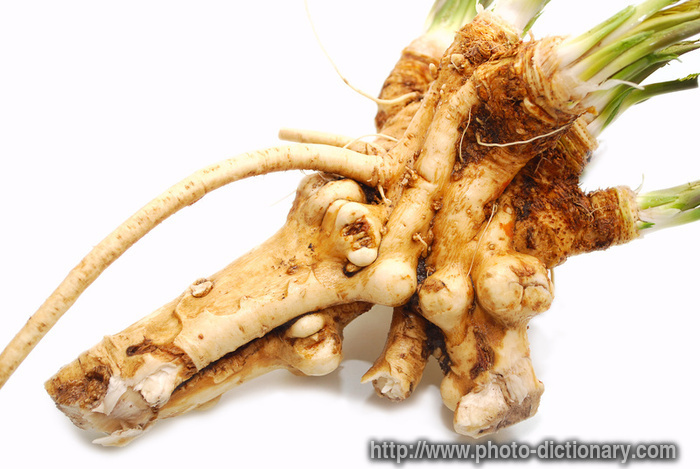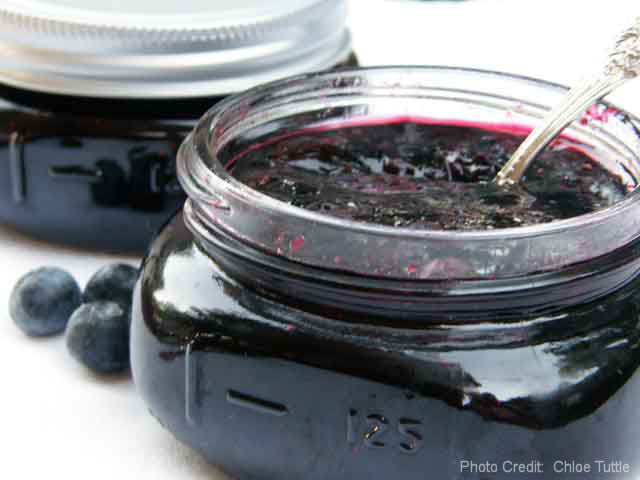These last few days of crazy weather have left many along the gulf with waterlogged feet. Soggy shoes aren't the only problem with all this rain, if you don't have (very) good drainage in your garden, your beloved plants will be sitting in rainwater for days. Unless you've got a bog garden or a rice paddy, this is not such a good thing.
Here's how you can tell if your plants need a change of shoes (are suffering from too much water).
There are three main effects of too much water: Waterlogged soil, Soil Compaction, and Disease.
Waterlogged soil:
How to recognize:
- Yellowing leaves that wilt and drop off
- The soil's surface is soaking wet
- Plant roots are black, soft, soggy, and smell of sulfur (rotten eggs)
- Growth is stunted or the plants die
What to do:
- Remove any black roots
- Add organic mater to the soil
- Add mulch to help soak up some excess water
How to prevent it:
- Build a raised bed! This is one of the best ways to encourage proper drainage, maintain soil ph levels, and extend the growing season.
- Make sure to feed your plants at the appropriate times to encourage health root growth.
- If you have clay soil, add plenty of organic matter and mulch to loosen it up and aid in drainage.
Soil Compaction:
How to recognize:
- This happens after extended periods of having waterlogged soil and is encouraged by walking or driving on the soil. If your soil easily turns to mud or easily floods, you probably have a compaction problem.
What to do:
- Spike your lawn and add some lime-free sand. This will help aerate the soil, aid in drainage, and encourage plant growth.
- Do not walk or drive on wet soil!
Disease:
The two above problems can easily lead to diseased plants and fungal growth. Mushrooms may be delicious, but these aren't the kind you want to eat! To prevent disease, follow the above measures.
If you've already got it, try to save the plant by removing diseased parts, feeding properly, and removing the problem (in this case, water).
If you're using potted plants, try removing the plant from the pot, trimming off rotted roots, and allowing the root ball to drain over night on top of some newspaper.
To help prevent it from getting this far, build a raised bed (are you getting my hints?), install a drainage system, and remember to regularly water your plants during dry spells--plants that have had little water for long periods of time are more prone to disease caused by getting waterlogged.


















